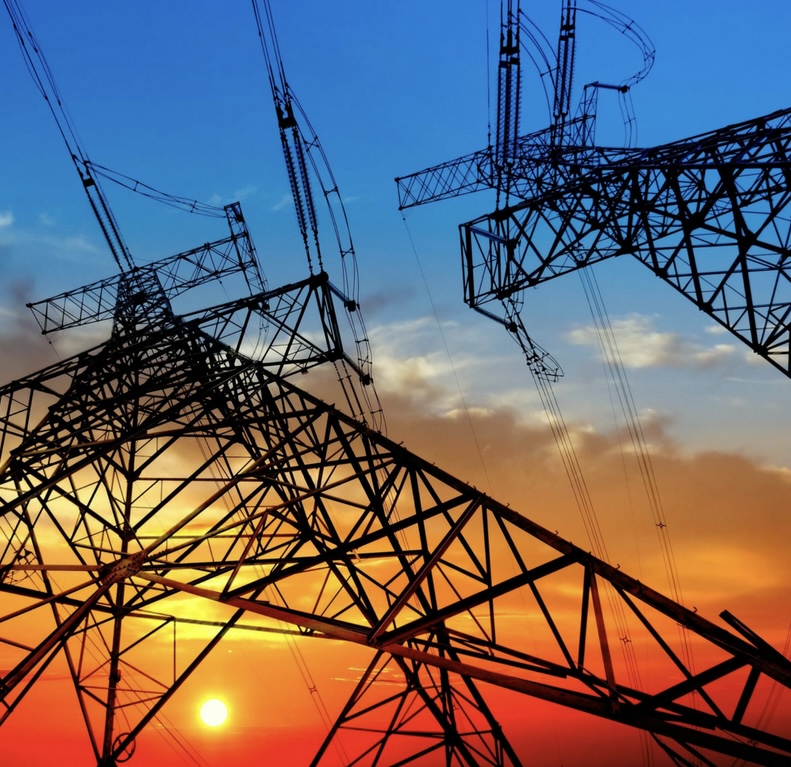Zambia, Africa’s copper hub, is facing a severe energy crisis, exacerbated by the worst drought in 40 years, leading to a widening power deficit of 1,280 MW. The Southern African nation is enduring daily power cuts, with only four hours of electricity available as water levels at the Kariba Dam hit historic lows. Businesses are bearing the brunt of this energy shortfall, which has pushed Zambia’s manufacturing sector further into contraction. According to Markit Economics, the Purchasing Managers’ Index (PMI) for August dropped to 48.3, down from 49.4 in July, signaling a continued decline in the health of the private sector. (PMI readings above 50 indicate expansion, while those below 50 reflect contraction).
Commenting on the PMI data, Mark Katemangwe, Head of Trading at Standard Bank’s Zambia unit, noted, “Challenges persist in the overall health of Zambia’s private sector. New business has declined, constrained by load management. The decrease is moderate, with companies reporting a reduction in customer purchasing power due to load shedding and rising costs, which have dampened demand.”
This contraction extends a downward trend that began in the fourth quarter of 2023, driven by key issues such as liquidity shortages, currency depreciation, rising input costs, and now, critical electricity shortages. Manufacturers are facing higher overheads due to increased diesel use for generators and hiring additional staff to maintain productivity. Meanwhile, fuel prices have remained elevated, as currency depreciation continues to impact consumers.
The energy outlook for Zambia remains grim, with climate change exacerbating the situation and threatening the country’s economic growth targets, which are now at risk of being missed. The power deficit has affected small and medium-sized enterprises (SMEs), telecommunications, manufacturing, and other key sectors. Recently, the energy regulator rejected an emergency tariff hike application, described by analysts as the ‘market price of extended blackouts.’ Zambia’s energy crisis is severe and calls for urgent intervention, but uncertainty persists regarding state utility funding for power imports.
“The impact of load shedding on power supply, combined with lower new orders, resulted in a further decline in output midway through the third quarter. Of the five monitored sectors, only manufacturing showed an increase in activity. The overall pace of contraction eased to its slowest in three months, but employment fell due to muted demand. Zambian firms reported a fifth consecutive monthly rise in backlogs of work in August, with incomplete business accumulating due to power outages and supplier delays,” The Markit Economics report noted.
Compared with Peers- Ghana, Kenya, South Africa and Nigeria
In comparison with African peers, Ghana’s factory activity rebounded to growth, with the PMI rising to 51.1 from 50.1, as input cost inflation eased. Kenya saw a significant jump in PMI, reaching 50.6 from 43.1 in July, marking a return to growth after political instability. South Africa’s business confidence strengthened in August, with its PMI improving to 50.5 from 49.3, while Nigeria remains in contraction at 49.9, slightly up from 49.2, as inflationary pressures continue amid ongoing currency depreciation.
The Southern African nation faces mounting currency depreciation, further aggravated by subdued mining output failing to meet demand.
— The Kwacha Arbitrageur

